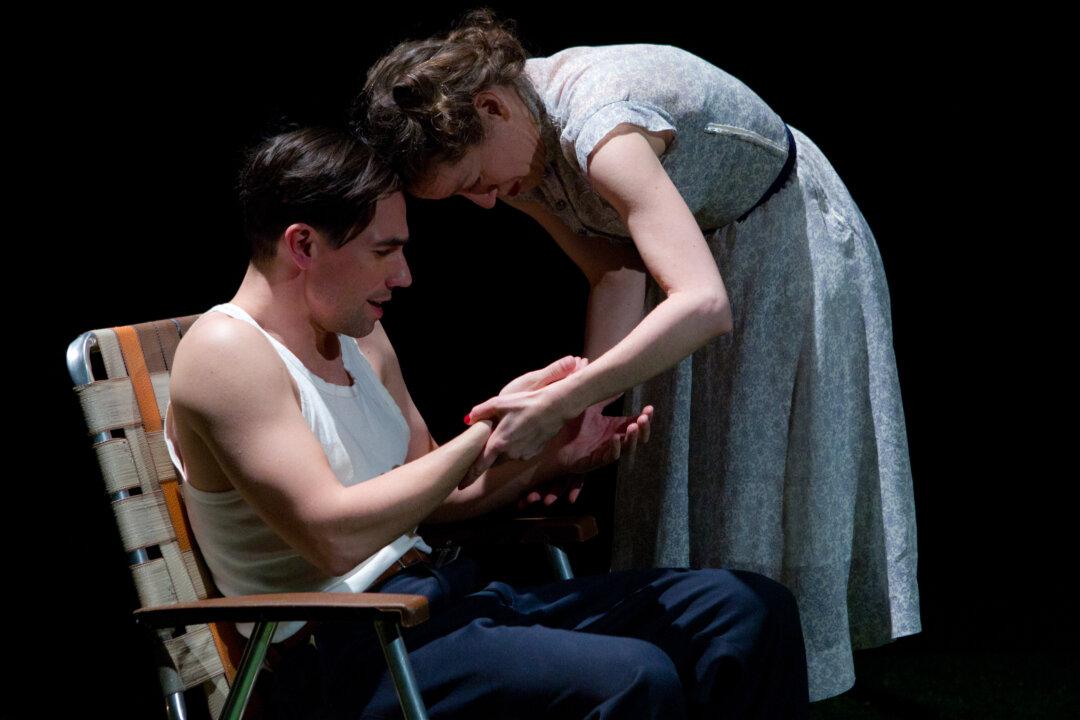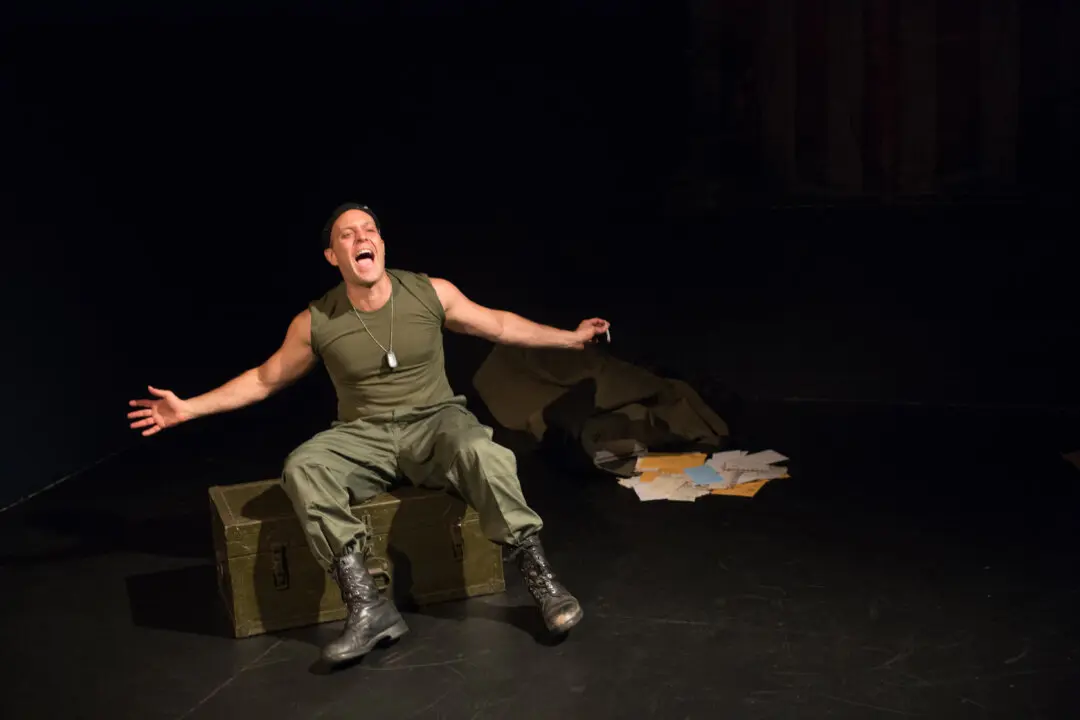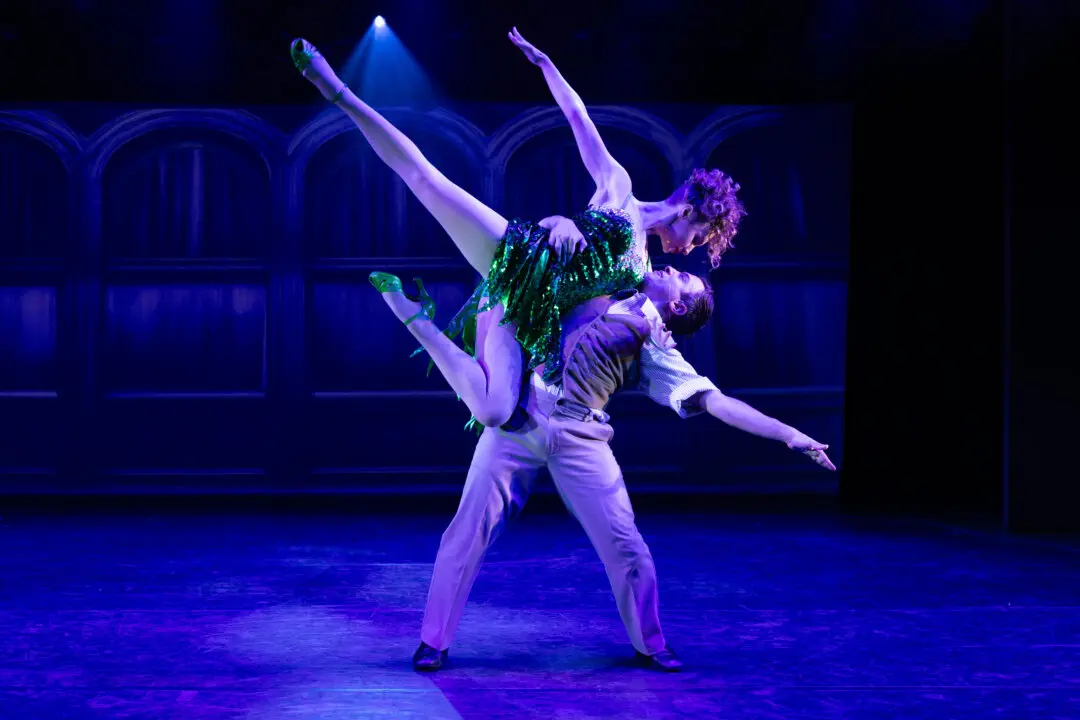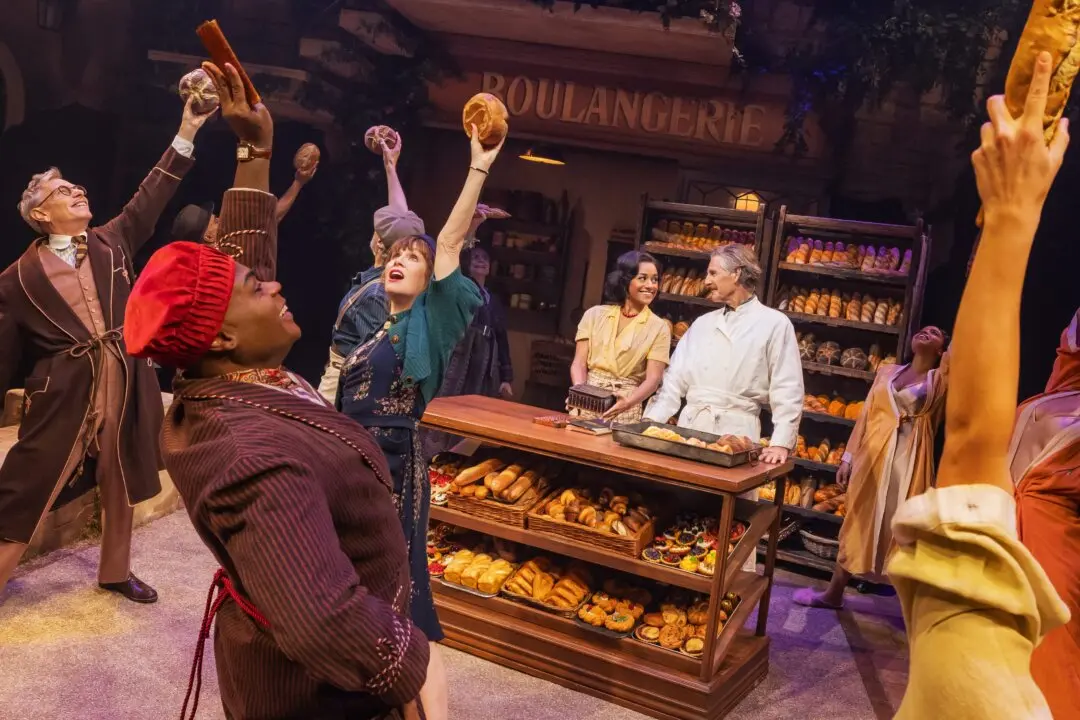NEW YORK—Actor/writer David Greenspan shines a light on a forgotten figure in his new show, “I’m Looking For Helen Twelvetress,” about a New York actress who came to Hollywood in the early days of talking pictures.
Greenspan anchors his story in the summer of 1951 in the town of Sea Cliff, Long Island, where 16-year-old Mike (Greenspan) has traveled across the country to see Twelvetrees (Brooke Bloom) in “A Streetcar Named Desire.” The actress had turned to summer stock when her film career faded.
The story then flashes back to 1928, when a young Helen, having gotten her first taste of fame by being photographed by The Saturday Evening Post, is full of optimism about the future. Her optimism does not last as her life is soon filled with personal struggles and pain.






